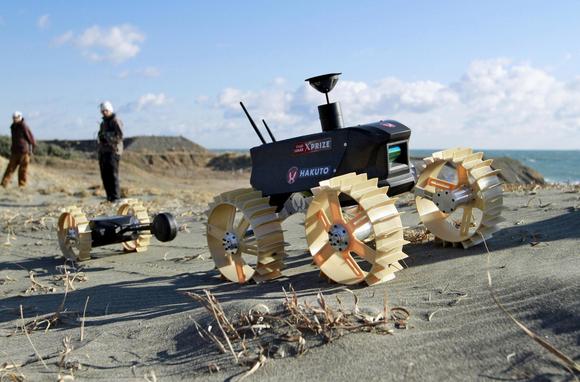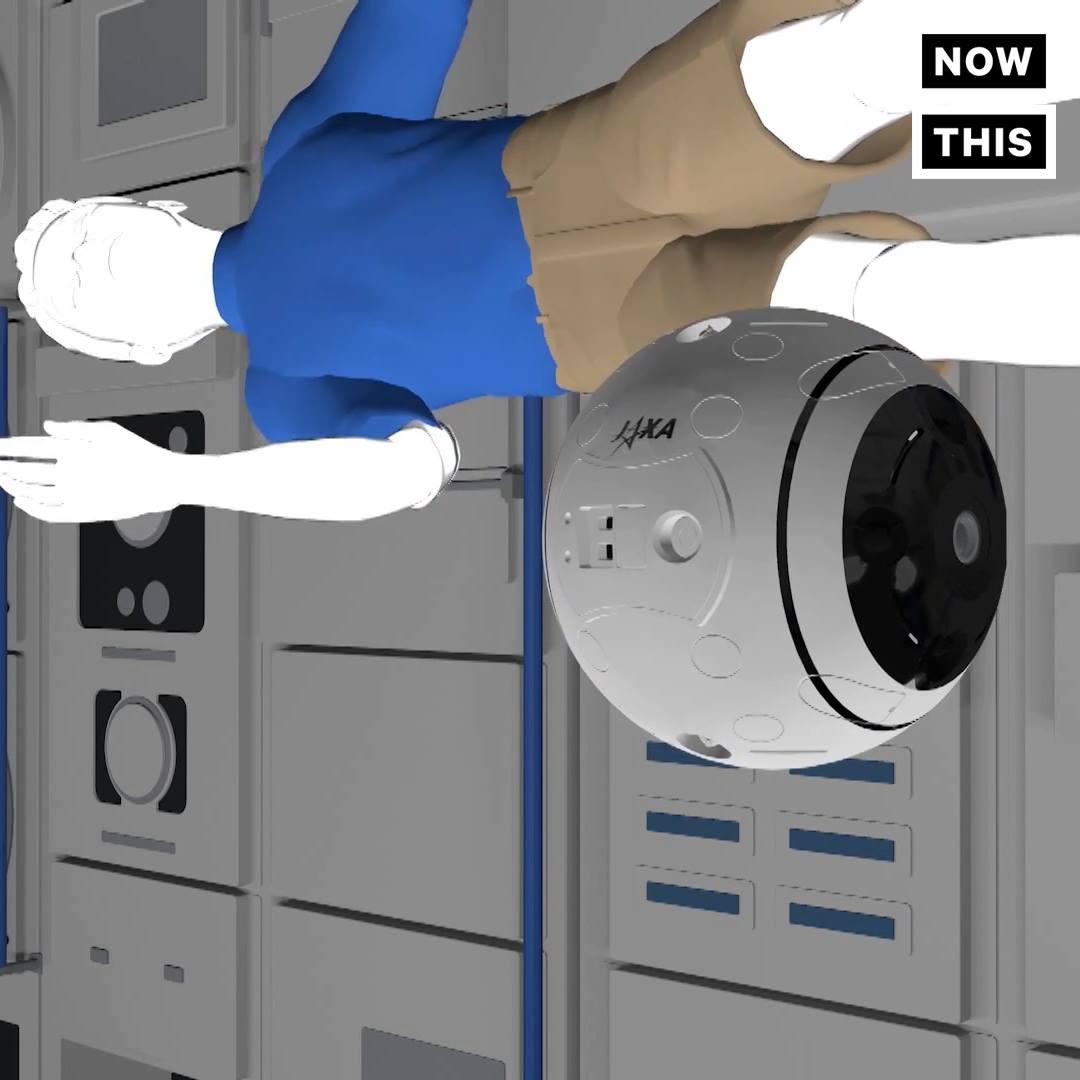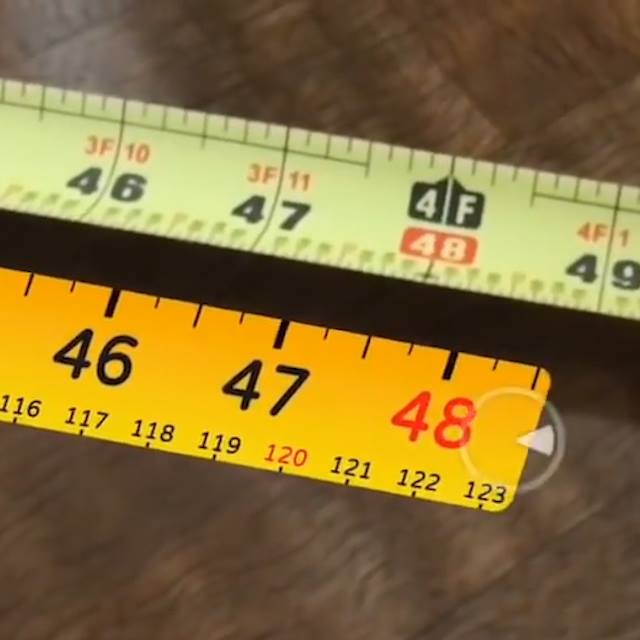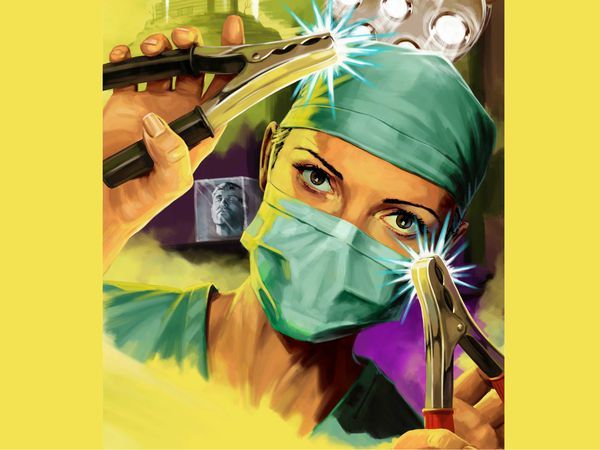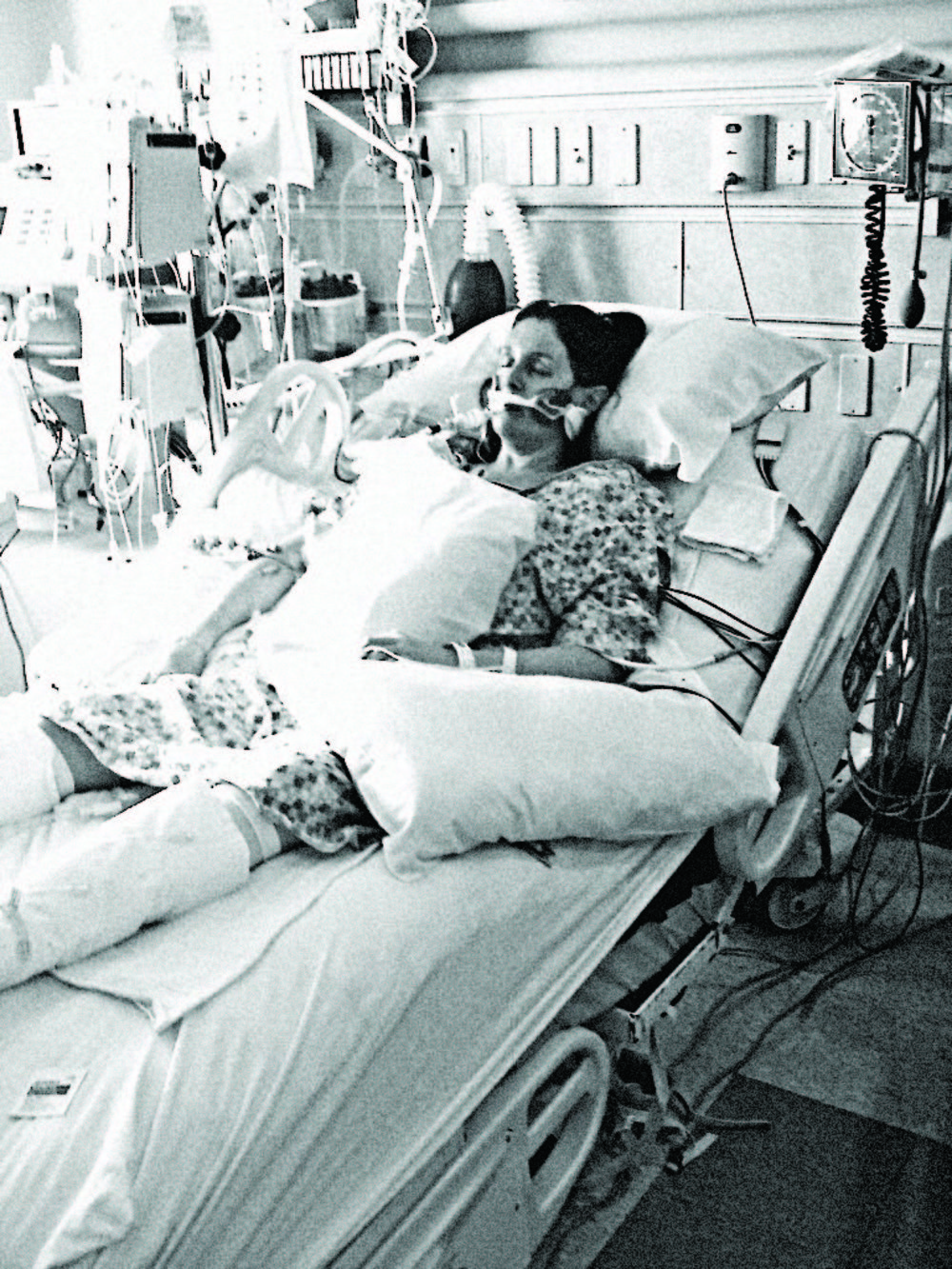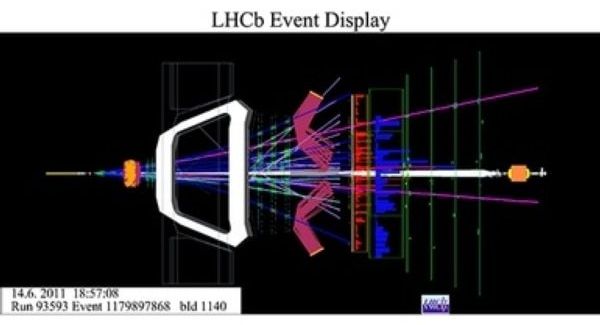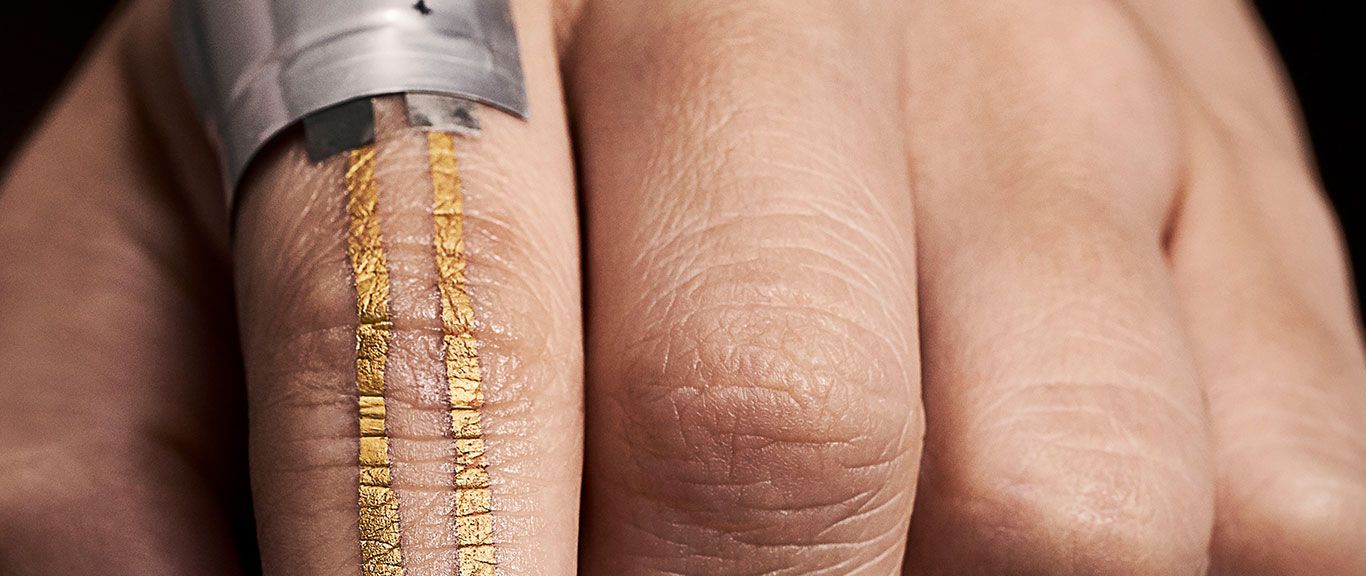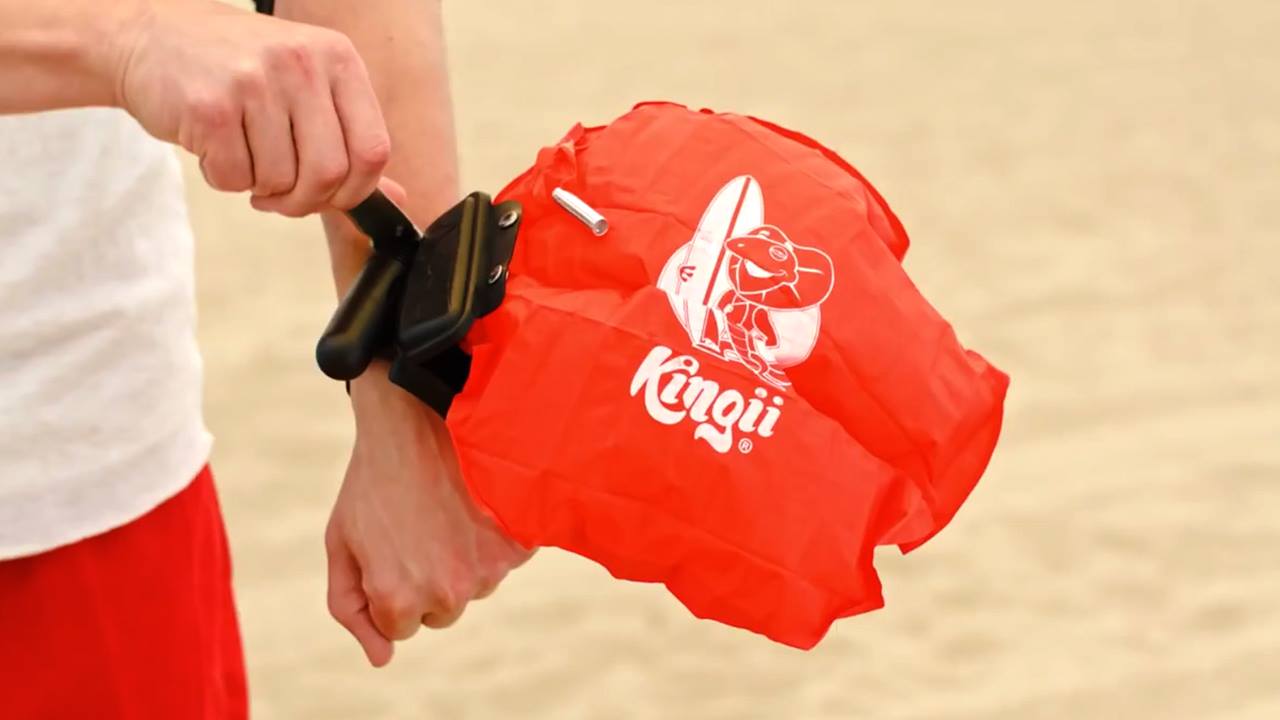TOKYO There is a new race to the moon, and it is the private sector — not governments — that is providing the runners. And unlike last time, Japan is in the thick of the action. If all goes as planned, a Japanese rover will soon be cruising across the lunar landscape for the first time ever.
The race is sponsored by the Google Lunar XPRIZE, a contest for privately funded teams to be the first to land a rover on the surface of the moon, have it travel 500 meters, and transmit high-definition video and images back to Earth. The winner receives $20 million — plus bragging rights. The contest aims to encourage the continuous exploration of the moon through privately led technologies and businesses.
Team Hakuto, as the Japanese effort is called, is a collaborative effort among more than 30 companies, including many startups as well as several established players. The team’s rover, dubbed the Sorato, represents a distillation of Japanese knowledge, with materials, technologies and know-how contributed by a diverse lineup of companies.
